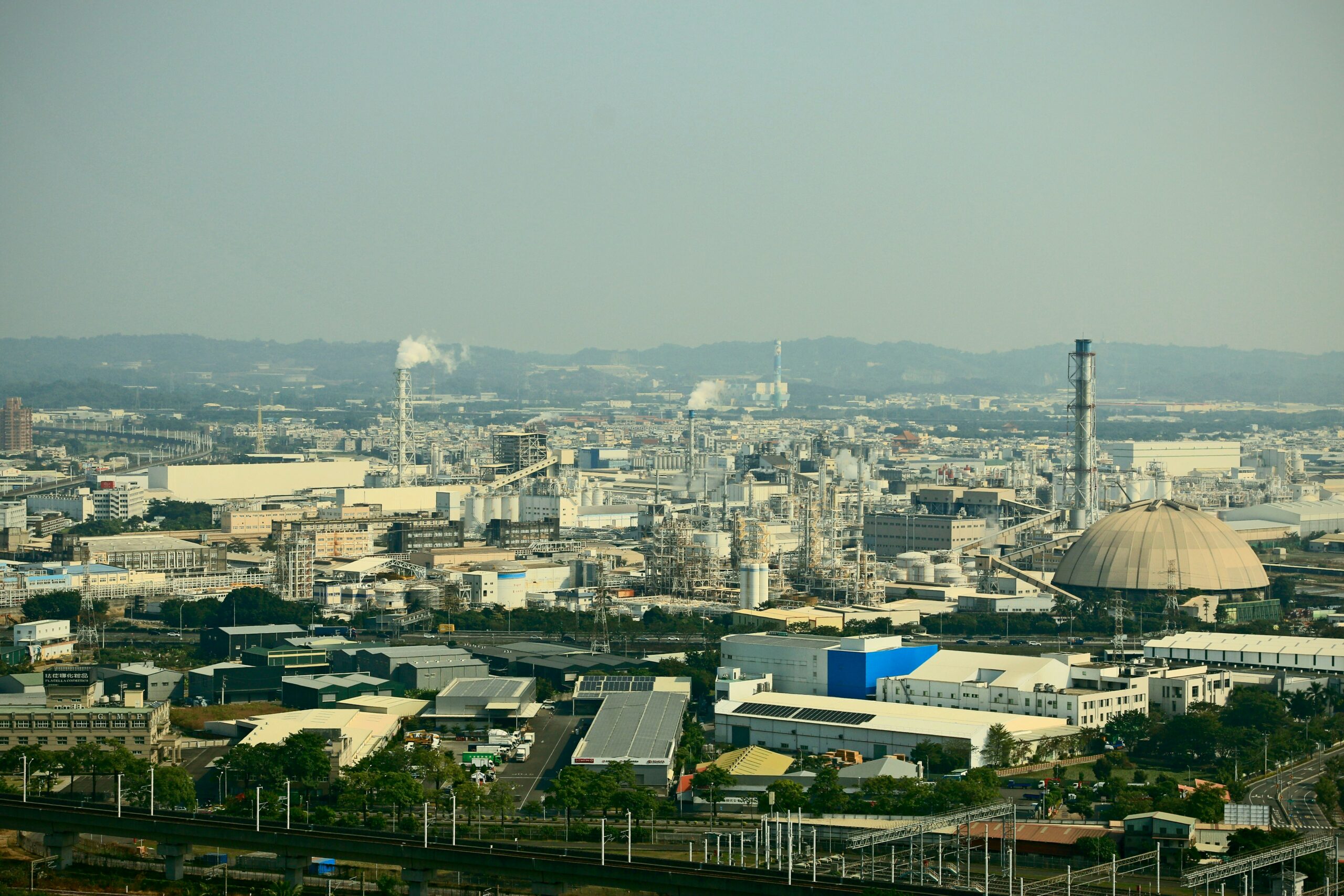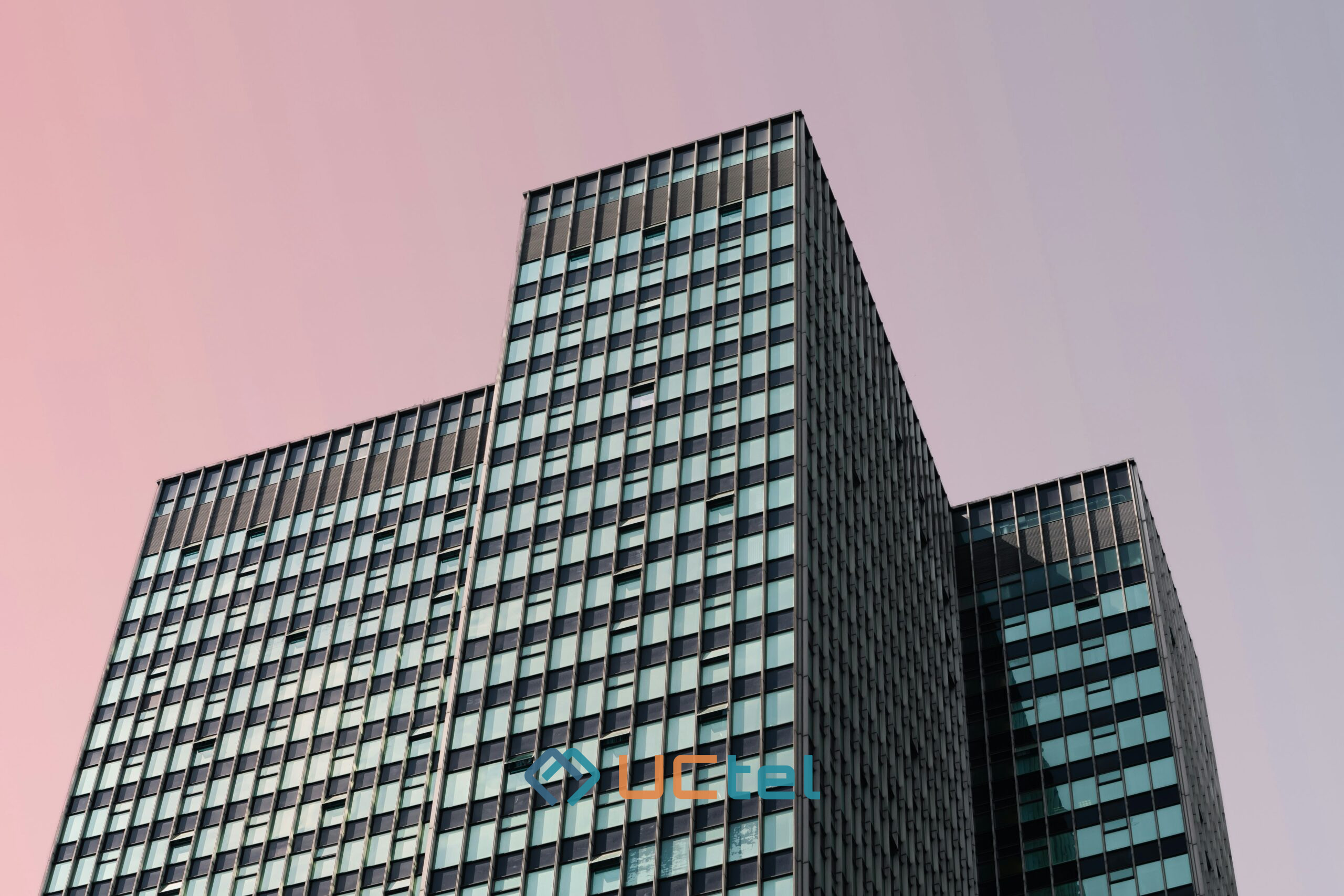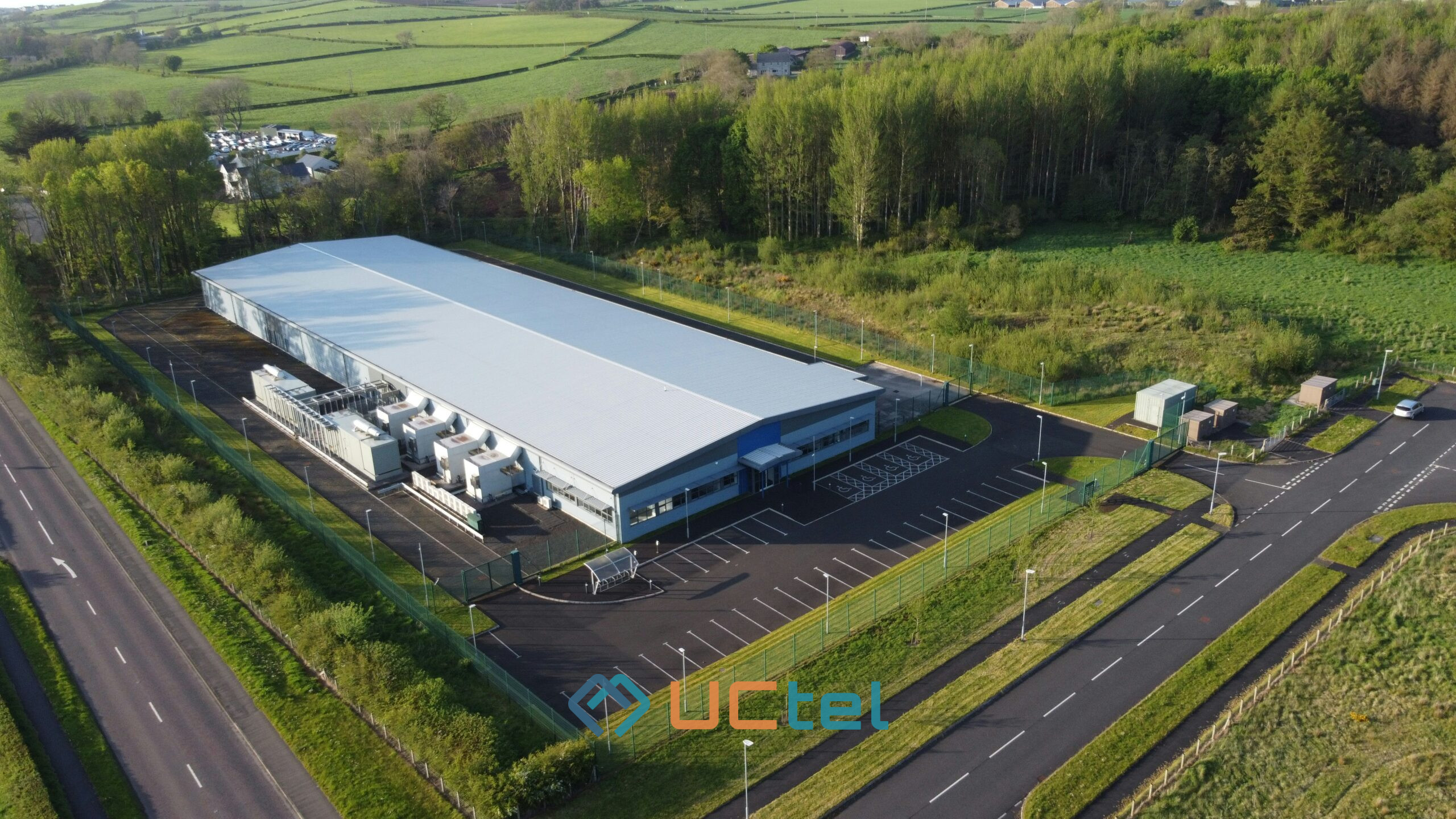
Boost signal strength with an office mobile coverage solution for buildings
Table of contents
- 1. Understanding multi-carrier DAS technology for large office buildings
- 2. Modern construction materials and signal interference challenges
- 3. Advanced signal booster and small mobile technologies
- 4. Innovative neutral host as a service solutions
- 5. Multi-operator coverage and future 5G implementation
Modern office environments face unprecedented connectivity challenges as mobile technology demands continue escalating across commercial buildings. Recent research reveals that half of UK office workers suffer poor mobile signal in their workplace, with 49% claiming coverage issues within office buildings. Coverage problems occur frequently, affecting 72% of workers weekly and 25% daily.
Poor mobile coverage significantly impacts 43% of employees' ability to perform their jobs effectively, whether contacting clients, completing tasks efficiently, or maintaining accessibility. This connectivity crisis represents a growing concern for companies as smartphones have become integral to office-based work operations, demanding a comprehensive office mobile coverage solution addressing these technological challenges.

Understanding multi-carrier DAS technology for large office buildings
How distributed antenna systems function
Distributed Antenna Systems operate through strategically-placed antennas throughout indoor venues to expand and enhance wireless connectivity. These sophisticated networks connect antennas to DAS remotes, with each remote linking via fiber optic cabling to centralized headends that aggregate and distribute signals between service providers' base stations and the DAS infrastructure. The technology emerged in the late 1980s, establishing proven reliability across diverse commercial environments. Each antenna placement optimizes signal transmission throughout building structures, ensuring comprehensive coverage across multiple floors and complex architectural layouts.
DAS applications in enterprise environments
Enterprise DAS deployments serve essential purposes : delivering mobile phone service indoors where signals from macromobiles remain weak or nonexistent, and providing dedicated capacity rather than sharing bandwidth with all subscribers covered by external mobile phone towers. Each system scales precisely to meet building occupancy and bandwidth demands, supporting large numbers of users throughout extensive building environments. These multi-carrier solutions prove ideal for hospitals, universities, airports, stadiums, and underground transit systems where traditional network infrastructure cannot adequately serve user requirements.
Modern construction materials and signal interference challenges
Building material impact on mobile phone signals
Contemporary building materials including metallized insulation, steel frames, and treated glass effectively block mobile phone signals, creating significant connectivity obstacles. Natural barriers like hills and trees, combined with manufactured substances such as concrete and glass, degrade coverage particularly inside buildings. The challenge intensifies with 5G progression, as higher mobile communications frequencies demonstrate shorter ranges and greater susceptibility to interruptions from standard construction materials. These frequency limitations require specialized solutions addressing specific building characteristics and material compositions.
Unique coverage requirements by building type
Every commercial structure presents distinct coverage requirements demanding customized approaches. Multi-story offices, retail spaces, and remote locations each create unique challenges requiring tailored connectivity solutions. Wall thickness and construction methods significantly affect signal penetration, often necessitating comprehensive signal enhancement technologies. Building architects increasingly consider wireless infrastructure during design phases, recognizing connectivity as essential utility alongside gas, water, electricity, and broadband services. Professional assessment determines optimal placement strategies for maximum coverage effectiveness.
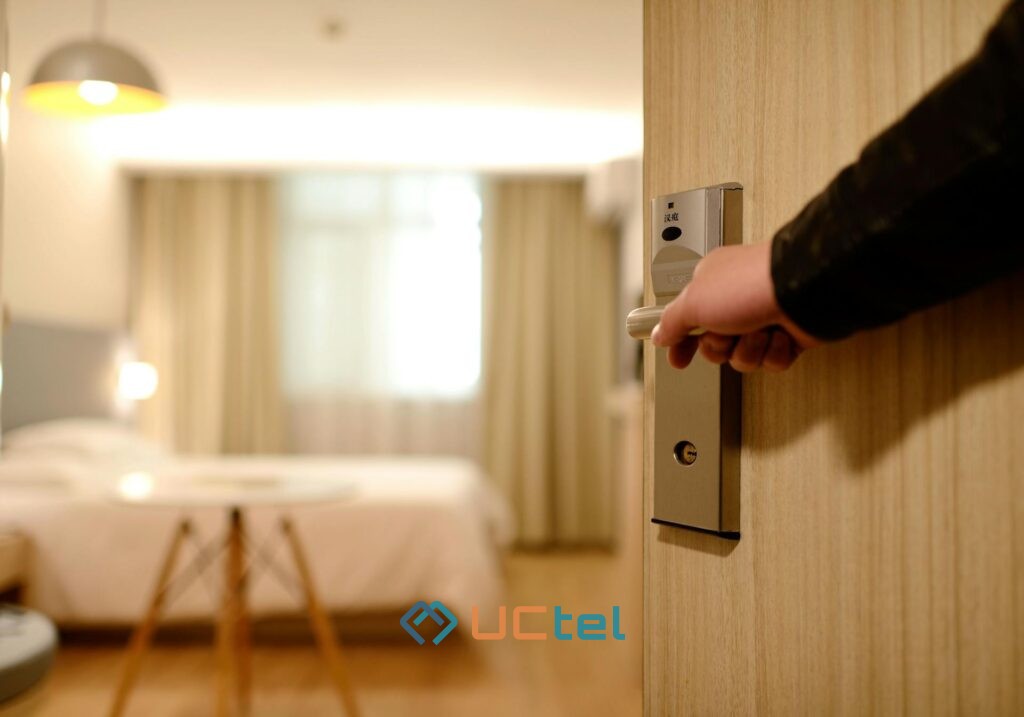
Advanced signal booster and small mobile technologies
Signal booster and active solutions
mobile phone signal boosters utilize antennas positioned outside buildings and amplifiers connected to indoor antennas to rebroadcast mobile networks throughout interior spaces. Advanced solutions feature IntelliBoost technology delivering strong, reliable mobile phone signals with products maintaining TAA and FAA compliance standards. These active solutions provide industry-leading maximum signal gain across various commercial applications. However, traditional boosters demonstrate limitations including inability to sufficiently amplify extremely weak signals and typically serve smaller coverage areas compared to comprehensive DAS implementations.
Small mobile deployment strategies
Small mobiles represent downsized versions of larger macromobile base stations, allowing mobile carriers to install equipment closer to end-users for improved signal reception and enhanced capacity. These systems provide targeted coverage areas versus traditional macromobiles while delivering signals to locations macromobiles cannot reach economically. Small radio nodes operating as indoor ceiling-mount mobile phone solutions offer maximum throughput capabilities through plug-and-play deployment, carrier aggregation, MIMO technology, and comprehensive remote management features. Their flexibility enables rapid deployment across diverse commercial environments.
Innovative neutral host as a service solutions
NHaaS architecture and components
Neutral Host as a Service represents revolutionary technology designed to extend public mobile phone service within buildings using small radio nodes sharing Citizens Broadband Radio Service spectrum. This innovative approach enables seamless integration with existing LAN infrastructure and broadband service, allowing mobile users to connect directly to their respective mobile network operators. Key technical components include :
- Radio nodes operating in 3550-3700 MHz TDD range offering maximum throughput of 200 Mbps download and 27 Mbps upload
- Ethernet switches supporting 10/100/1000 BASE-T with 24 ports and 740W PoE power budget
- GPS timing units synchronizing with GNSS satellites supporting IEEE 1588-2008 PTP Grandmaster functionality
Cost-effectiveness and deployment advantages
NHaaS solutions offer significant advantages including enhanced scalability and cost-effectiveness compared to traditional DAS implementations. Multi-operator coverage supports multiple MNOs simultaneously, while flexibility adapts to changing technological requirements. These systems enhance property value through comprehensive connectivity capabilities, demonstrating wide applicability across diverse commercial buildings. Rapid deployment capabilities enable installation within months rather than years, addressing immediate connectivity demands through plug-and-play design principles.
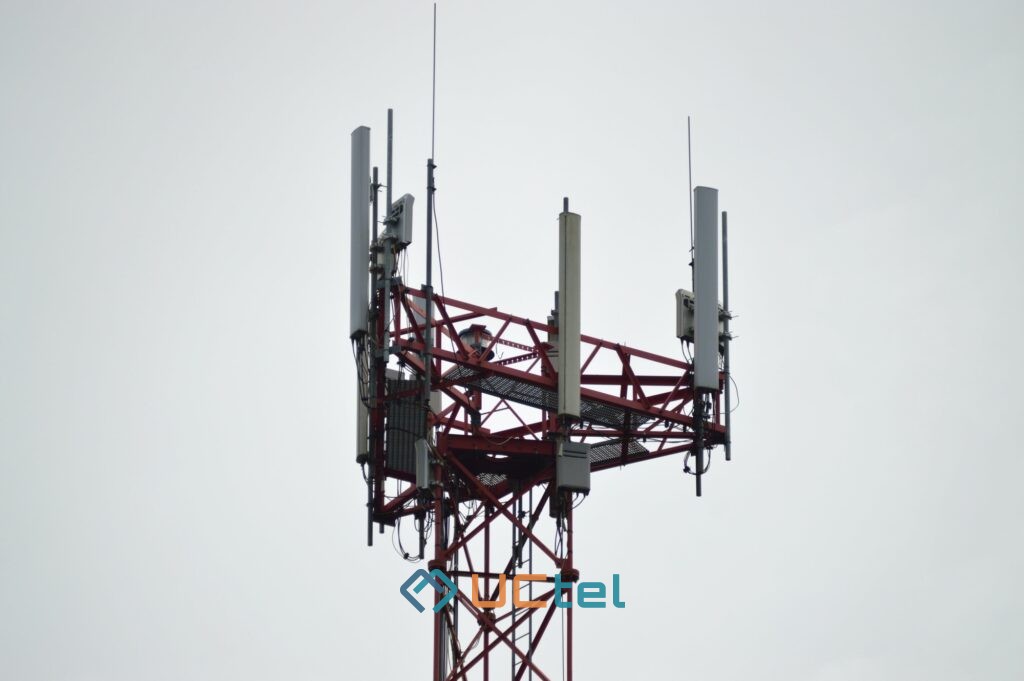
Multi-operator coverage and future 5G implementation
Supporting multiple network operators
Modern buildings typically feature multi-use and multi-occupancy characteristics, creating complex ownership scenarios where individual MNOs lack compelling business cases to fund separate in-building solutions. Building and facilities managers must implement comprehensive infrastructure supporting all operators through solutions like DAS installed throughout structures to provide mobile coverage for all network customers. This multi-operator capability enhances user experience and satisfaction, particularly in environments accommodating diverse mobile service users across various carriers and technology platforms.
5G technology considerations and future requirements
The progression toward 5G networks intensifies coverage challenges as higher frequencies demonstrate shorter ranges and increased susceptibility to building material interference. Future mobile devices including 5G-capable smartphones, wearables, and IoT smart devices will require enhanced connectivity solutions meeting growing capacity demands. Solutions advance toward comprehensive 5G networks with enhanced coverage capabilities, supporting critical communication needs for public safety agencies, first responders, and commercial enterprises requiring reliable communications during challenging conditions and network edge scenarios.
Contact us today to request a customized quote for installing an office mobile coverage solution tailored to your building.



